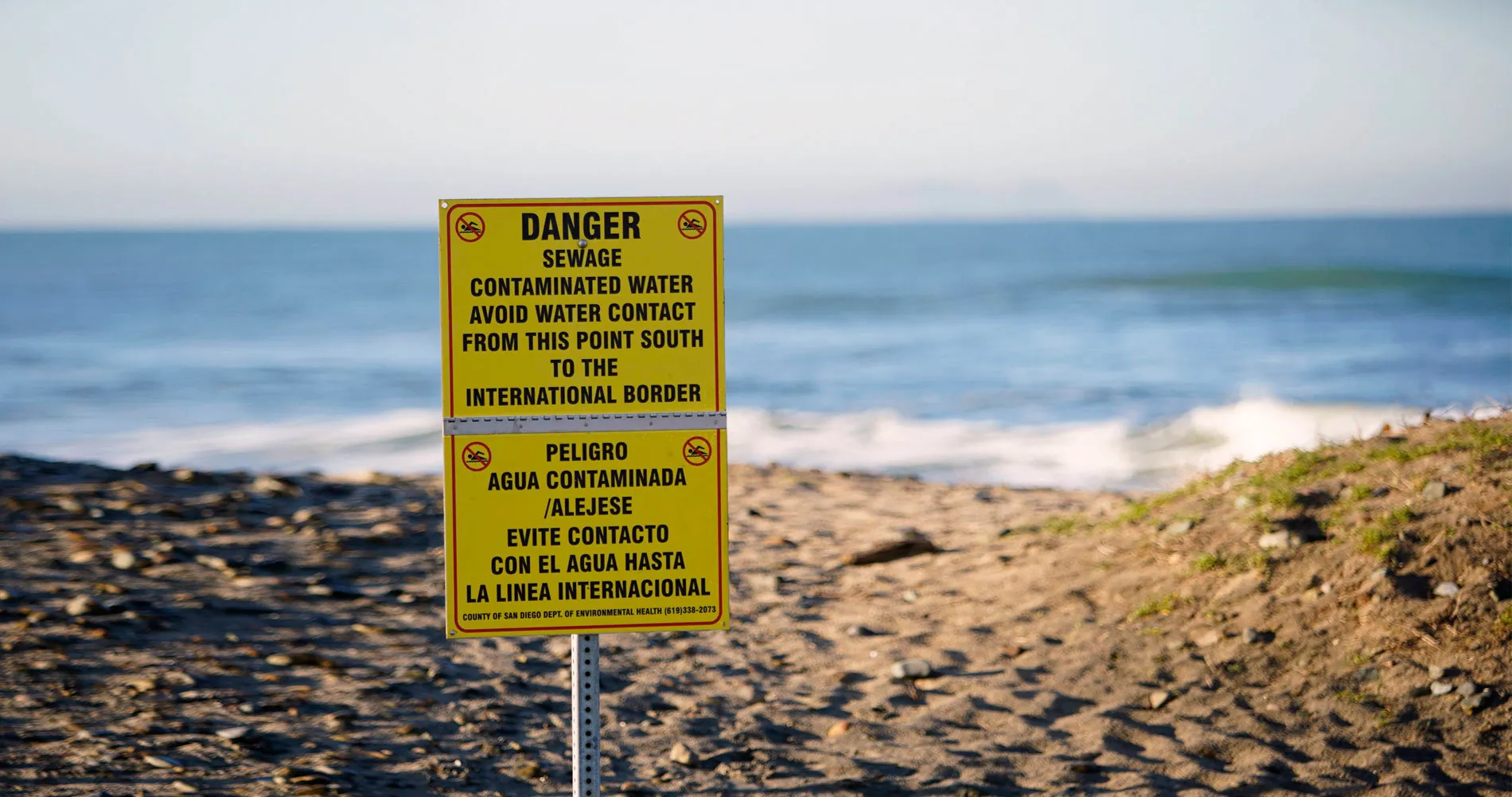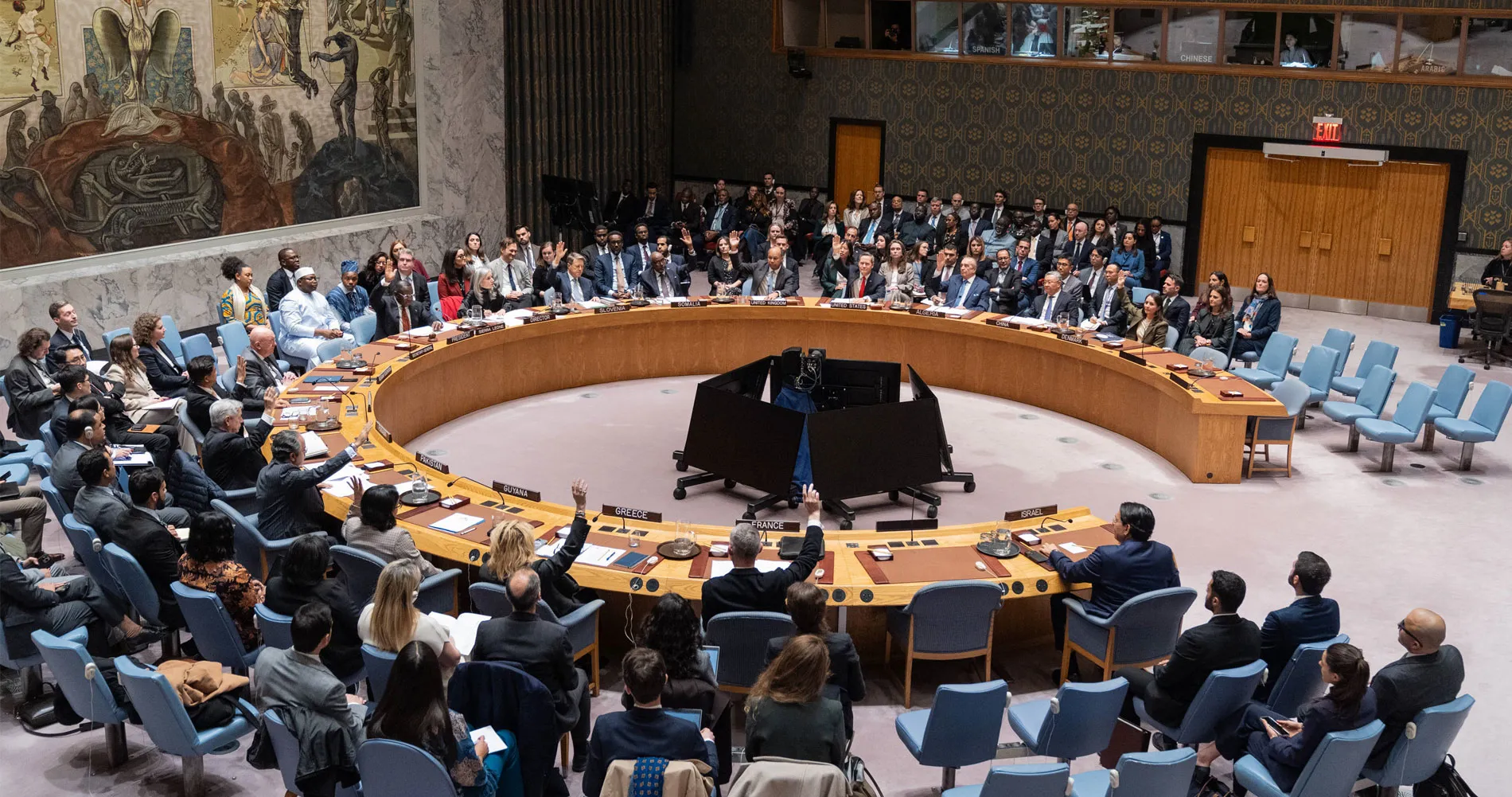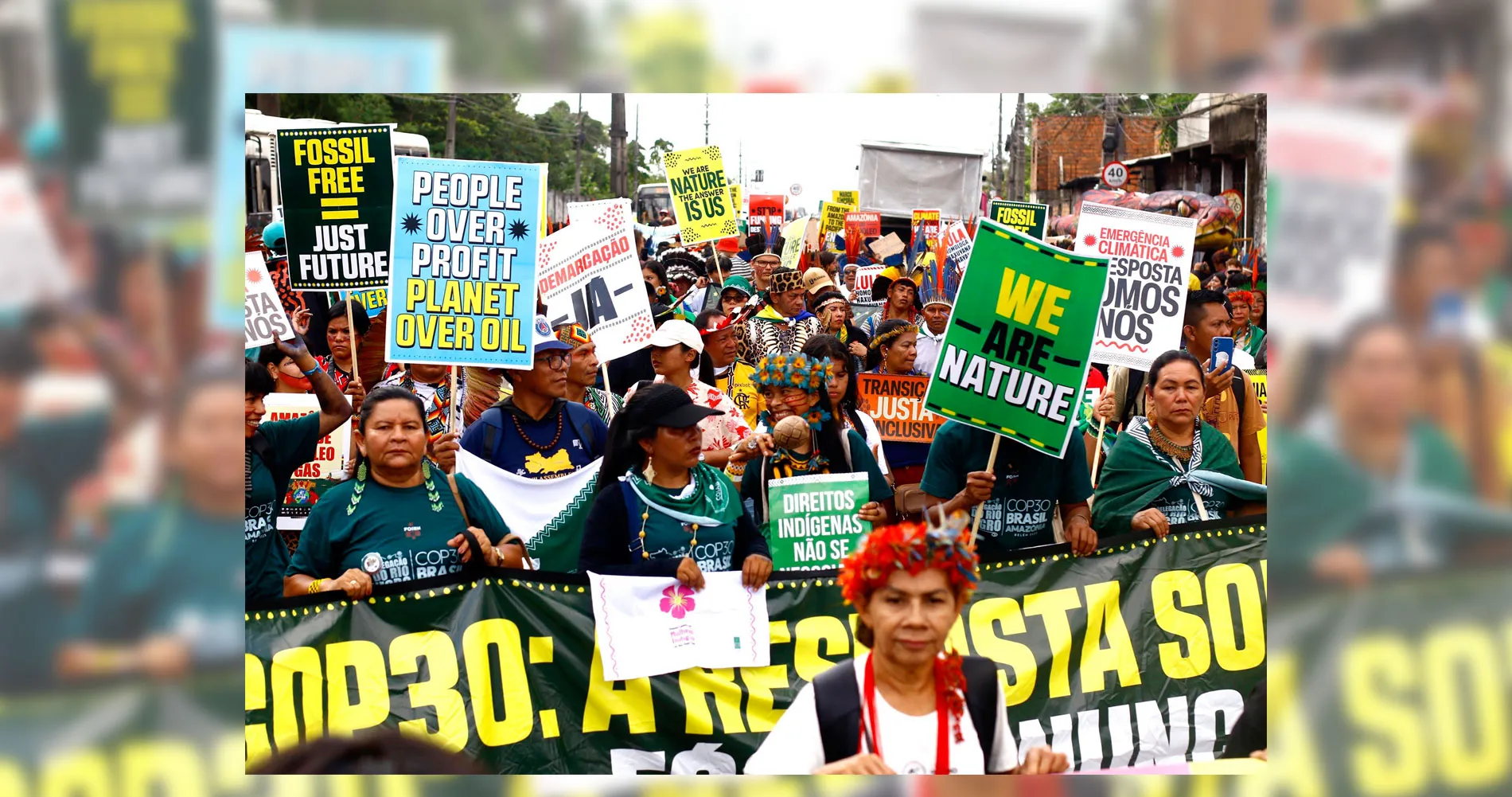Billions of liters of raw sewage have flowed from Mexico’s Tijuana River into the US, polluting California’s coast and endangering public health for decades. Now, as the crisis reaches a breaking point, the US government is taking renewed action. With leadership changes, increased funding, and major infrastructure projects in motion, officials hope to finally turn the tide on this cross-border environmental emergency.
Benedikt Burtscher
4 June 2025
Russian version
The Tijuana River on the border to the US pollutes the coastal area around San Diego with large amounts of contaminated water due to inadequate wastewater management in Mexico. American Rivers, a US based NGO which has worked on safeguarding rivers for over 50 years, has named the Tijuana River the second most endangered river in the US on 16 April 2025.
This sewage crisis, which has been ongoing since at least the 1930s, has reached new heights, gaining attention from the most senior levels of the new US administration. While the state of California has taken steps to mitigate the situation, these measures have been insufficient and have not solved the problem.
The city of Tijuana is one of the most populous and fastest growing cities in Mexico. Its sewage is treated in several wastewater management plants. A combination of population growth, urbanization and industrial waste have created more sewage than the plants are capable of treating. Over 117 billion liters of untreated wastewater have flown into the Tijuana River’s estuary and with it into the Pacific Ocean since 2023 according to the major of Imperial Beach, Paloma Aguirre. Additionally, much of the existing infrastructure has fallen into disrepair, or has been damaged due to a lack of maintenance or overbearing loads of sewage.
The effects are manifold. The water contains pathogens, viruses, and bacteria but also over 175 toxic chemicals according to a report titled “Tijuana River Contamination from Urban Runoff and Sewage: A Public Health Crisis at the Border” by the School of Public Health of the San Diego State University. This report published on 13 February 2024 also states that this mixture of health hazards is not limited to the water but is also found in the air and soil surrounding the river.
The impact of the sewage on wildlife and biodiversity is highly alarming. Wildlife, especially fish, birds and small invertebrates are impacted heavily by the pollution. According to the 2023 annual wetland report of the University of California, Santa Barbara, the number of fish per square meter have dropped from almost 20 in 2017 to under 5 in 2023.
San Diego beaches like the Imperial Beach, Silver Strand or Coronado Beach have been closed due to health concerns for large parts of the year. While this has happened for decades, the total number of beach closures has increased dramatically over the past years. According to the latest data of the San Diego County Department of Environmental Health and Quality, all these beaches were closed for under 80 days 2019. In 2023, those beaches were closed between 160 and 275 days.
People who spent time in or around the water have reported health problems. Concerns are not limited to beach goers, but also to nearby residents. The vulnerable and weak are especially at-risk: this includes the elderly and children.
The US Navy SEALs, who conduct a large part of their training in these waters, have reported 1168 cases of gastrointestinal illnesses amongst the participants and organizers of training exercises between 2019 and 2023.
The situation has taken a toll on the regional economy as the beaches of San Diego usually attract many tourists. Popular areas such as Imperial Beach have suffered under the beach closures with the number of visitors dropping from 2.1 million in 2018 to under 700 000 in 2023.
The Tijuana River estuary is one of the few remaining tidal estuaries in North America protected under the UN Ramsar Convention on Wetlands. This Treaty Convention established in 1971 meets every three years to coordinate international cooperation regarding the conversation and wise use of all wetlands. There, they publish a list of all wetlands deemed to be of international importance, to ensure their effective management.
The sewage crisis is exacerbated by heavy rainfall and other extreme weather events. This includes increased sediments which clog up sewage pipes and shutdown the waste treatment plants. Addressing this issue has become a Sisyphean task as so-called canyon collectors, which are transport structures designed to divert sewage and other waterflows into treatment plants, have been clogged by construction projects even without heavy rainfall. This cycle of unclogging, repairing and constructing new infrastructure has put a heavy strain on the effectiveness of the whole system of wastewater management.
Many local environmental organizations, advocacy groups and communities have helped raise awareness to this persisting crisis. While their approaches differ, one common denominator is the search for funding. While the cross-border nature of the subject complicates coordination and execution, both the US and Mexico are in agreement on the importance of finding a solution.
In 2022, the US and Mexico announced a USD 474 million infrastructure project to reduce the number of days of transboundary wastewater flow in the Tijuana River by 50% and to reduce by 80% the volume of untreated wastewater discharged to the Pacific Ocean six miles (10 kilometers) south of the border. Pursuant to the original agreement, these funds were earmarked for new sanitation projects in San Diego and Tijuana. While the US contributed USD 330 million, Mexico’s share came to USD 144 million. Many factors, including construction delays and renewed damages caused by heavy rainfalls have significantly set the project back.
In reaction to the lack of progress, the Trump Administration has appointed Chad McIntosh as the new head of the US section of the International Boundary and Water Commission – the binational agency responsible for upholding boundary and water treaties between the US and Mexico. The experienced public servant plans to take on the problem with more funds and further construction projects.
Lee Zeldin, Head of the US Environmental Protection Agency (EPA), visited San Diego in April 2025 to survey the Tijuana River sewage crisis firsthand. Following his visit, he sent a new proposal for an all-encompassing solution to Mexican officials. While its details are not yet public, its focus will likely lie on infrastructure construction and expansion.
Moreover, talks are ongoing to declare the estuary a superfund site, which would declare the problem an official national emergency and make significantly more national funds available to tackle the issue. As underfunding and mismanagement were the reason for the problem to get out of hand in the first place. This new influx of capital will be vital to finally resolve this decade old environmental and health crisis affecting both nations.
Picture: 10 January 2020, San Diego, Ca, USA: Contaminated water signs posted along the southern part of the beach, as Imperial Beach prepares for the King Tide along the San Diego coastline, Jan. 10, 2019. The U.S. Environmental Protection Agency has announced a $630 million plan to capture and treat sewage-tainted water that routinely flows over the border from Tijuana into San Diego Bay. © IMAGO / ZUMA Press Wire






















